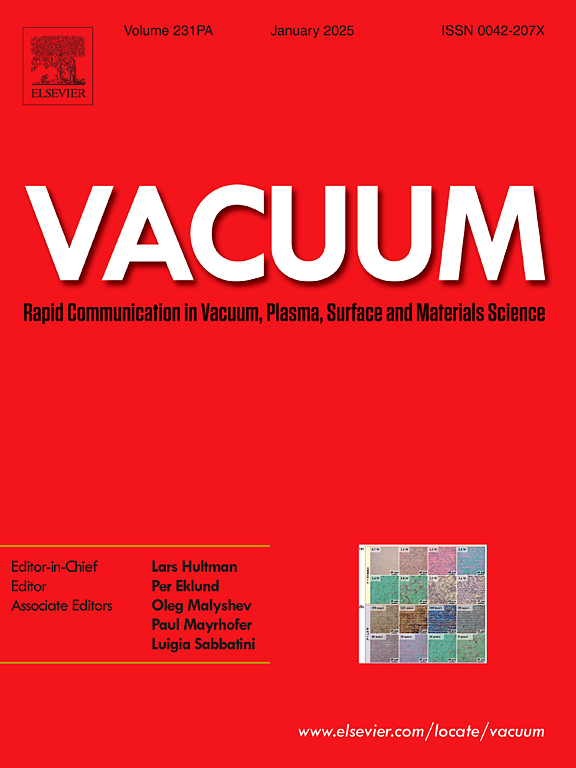纳米FeRh结构中超磁跃迁的研究
IF 3.9
2区 材料科学
Q2 MATERIALS SCIENCE, MULTIDISCIPLINARY
引用次数: 0
摘要
利用掩膜分子束外延技术在氧化镁衬底上成功制备了不同尺寸的纳米铁铑岛。利用纳米聚焦同步辐射的核散射技术对海岛进行了测绘,并对海岛的磁态和超磁相变进行了原位测量。研究结果表明,FeRh的超磁行为具有明显的尺寸依赖性,随着岛屿尺寸的减小,超磁相变发生变化,直到最终在某一阈值尺寸下完全消失。这种抑制效应表明,在纳米尺度上,有限尺寸的尺度对铁氢的磁性特性起着重要的决定作用。这些结果提供了FeRh纳米结构中大小相关磁相变背后的基本机制,这可能是由于表面体积比增加、原子配位改变和氧化效应引起的。本文章由计算机程序翻译,如有差异,请以英文原文为准。
Investigation of metamagnetic transition in nanosized FeRh structures
Nanosized iron-rhodium islands of various sizes have been successfully prepared on MgO substrate by masked molecular beam epitaxy. Nuclear scattering of nanofocused synchrotron radiation was used to map the islands, and in-situ measure their magnetic states and metamagnetic phase transition. The findings demonstrated a pronounced size dependency in the metamagnetic behavior of the FeRh, as the size of the islands decreased, the metamagnetic phase transition changes until finally it disappears completely at certain threshold size. This suppression effect suggests that finite-size scaling plays a significant role in determining the magnetic characteristics of FeRh at the nanoscale. These results provide insight into the fundamental mechanisms behind size-dependent magnetic phase transitions in FeRh nanostructures, which likely arise due to increased surface-to-volume ratios, altered atomic coordination, and oxidation-based effects.
求助全文
通过发布文献求助,成功后即可免费获取论文全文。
去求助
来源期刊

Vacuum
工程技术-材料科学:综合
CiteScore
6.80
自引率
17.50%
发文量
0
审稿时长
34 days
期刊介绍:
Vacuum is an international rapid publications journal with a focus on short communication. All papers are peer-reviewed, with the review process for short communication geared towards very fast turnaround times. The journal also published full research papers, thematic issues and selected papers from leading conferences.
A report in Vacuum should represent a major advance in an area that involves a controlled environment at pressures of one atmosphere or below.
The scope of the journal includes:
1. Vacuum; original developments in vacuum pumping and instrumentation, vacuum measurement, vacuum gas dynamics, gas-surface interactions, surface treatment for UHV applications and low outgassing, vacuum melting, sintering, and vacuum metrology. Technology and solutions for large-scale facilities (e.g., particle accelerators and fusion devices). New instrumentation ( e.g., detectors and electron microscopes).
2. Plasma science; advances in PVD, CVD, plasma-assisted CVD, ion sources, deposition processes and analysis.
3. Surface science; surface engineering, surface chemistry, surface analysis, crystal growth, ion-surface interactions and etching, nanometer-scale processing, surface modification.
4. Materials science; novel functional or structural materials. Metals, ceramics, and polymers. Experiments, simulations, and modelling for understanding structure-property relationships. Thin films and coatings. Nanostructures and ion implantation.
 求助内容:
求助内容: 应助结果提醒方式:
应助结果提醒方式:


